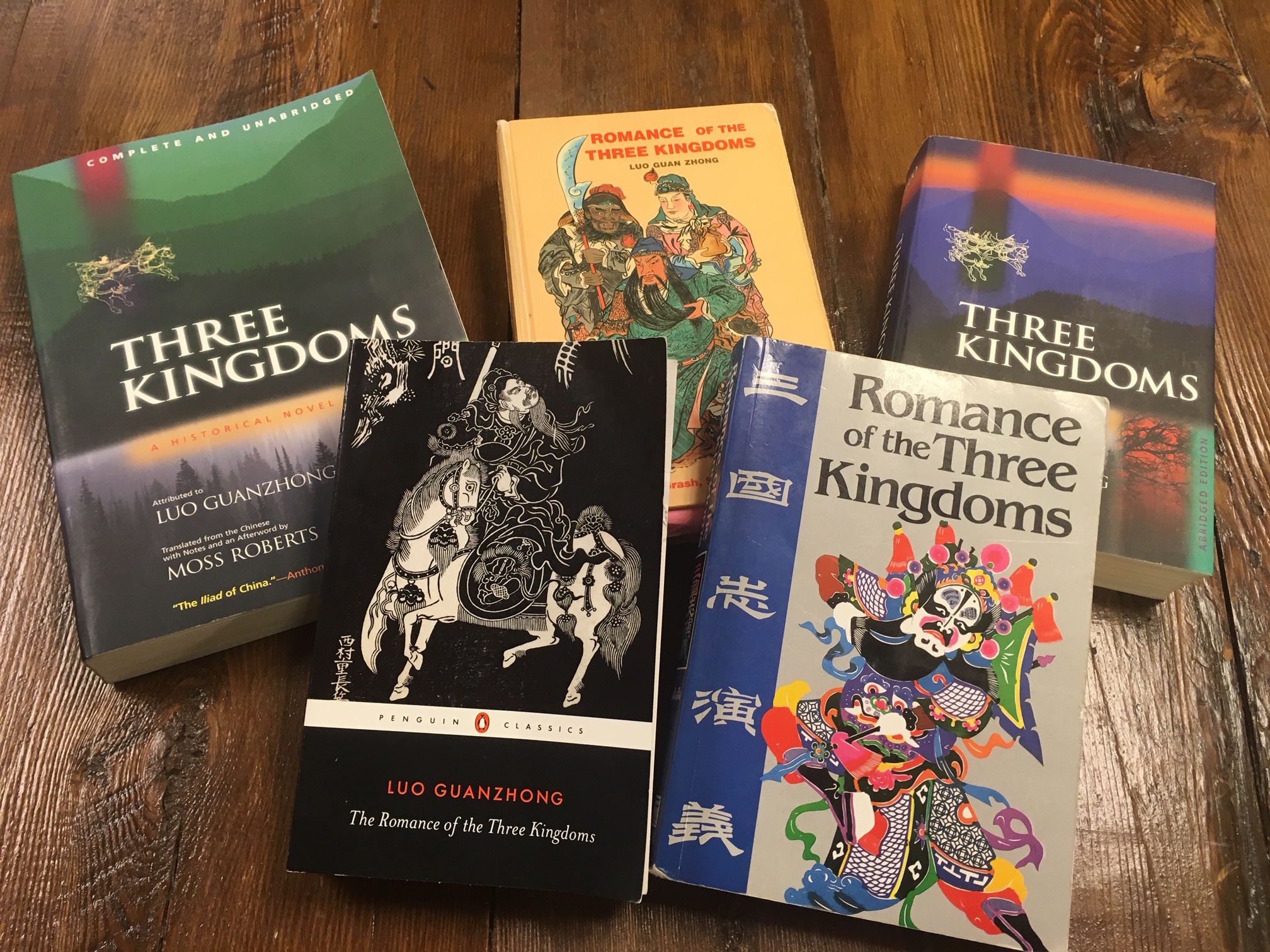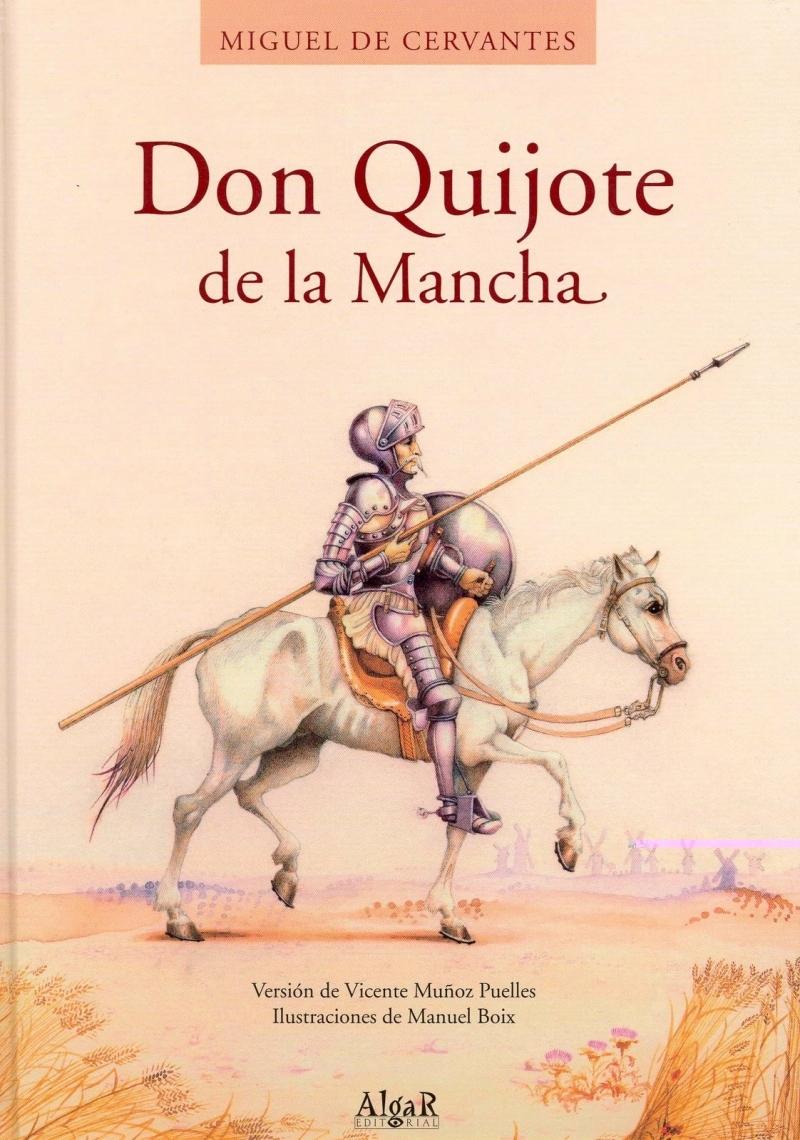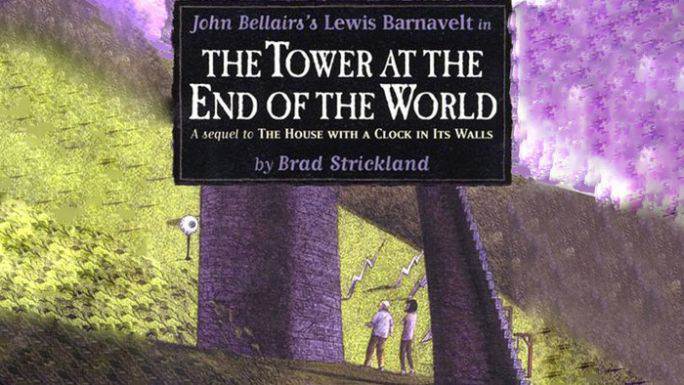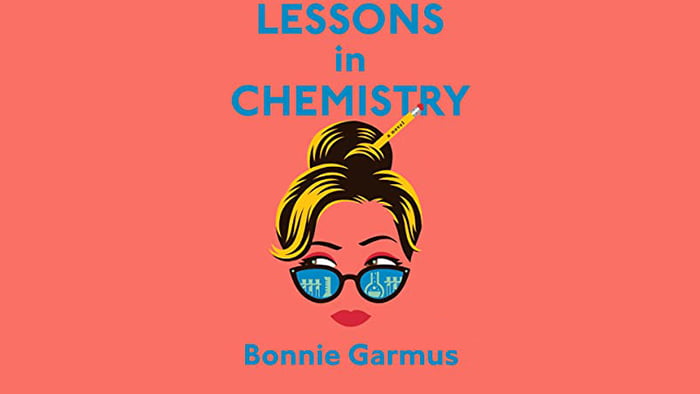The Miserable
Context: “Les Misérables” is a novel by the French writer Victor Hugo, published in 1862. The work is considered one of the most famous novels in world literature in the 19th century. “Les Misérables” is a story about French society over a period of more than 20 years in the early 19th century, from the time Napoleon I came to power and several decades thereafter. In terms of realism, the novel “Les Misérables” vividly portrays a world of impoverished people, providing an extremely authentic picture of life in France in general and impoverished Paris in particular in the first half of the 19th century.
Significance: In terms of being an epic novel, the work describes at least three authentic historical scenes in French history: the Battle of Waterloo, the uprising of the Republicans in Paris in 1832, and Jean Valjean’s underground escape. The epic nature of the novel is also reflected in the portrayal of conflicts within the human soul, such as the conflict between good and evil within Jean Valjean and the conflict in Javert’s thinking between respect for the law and respect for human morality.
Scope: The novel not only delves into the essence of good and evil and the law but also serves as an extensive encyclopedia on the history, architecture of Paris, politics, philosophy, law, justice, and religious beliefs of France in the first half of the 19th century. This is a monumental work for humanity both in terms of content and form.
Significance: “Les Misérables” is a work that celebrates the love between human beings. Additionally, it is one of the finest works in French literature that expresses love for one’s homeland. In the perspective of an exile, Victor Hugo recorded from his memory and heart the landscapes of France that he cherished, especially the images of Paris, which serve as the backdrop for the entire work. Through a series of characters, the author also expresses an infinite love and compassion for the suffering victims of bourgeois society, the humble and oppressed individuals in society.
Romance of the Three Kingdoms
Context: The work primarily describes military and political warfare over nearly a century, from the first year of the Eastern Han Dynasty (Liu Hong) in 184 AD to the first year of the Western Jin Dynasty (Simat Wei) in 280 AD. It covers the formation and downfall of three feudal groups: Wei (led by Cao Cao), Shu (led by Liu Bei), and Wu (led by Sun Quan).
Value: The content exposes the political and social landscape of ancient China during a chaotic and tumultuous period, with a divided country and suffering people. It strongly reflects the aspirations for peace, unity, and stability among the people and the idea of “support Liu and resist Cao.”
Artistic Excellence: The artistic portrayal of characters creates distinctive and captivating individuals, and the storytelling technique makes the narrative compelling. Besides its literary influence, the work has also impacted historical and military studies and has been adapted into various forms of media, including film.
Scale: The work comprises 750,000 characters and 120 chapters, with initial revisions by Mao Zonggang and his son during the early Qing Dynasty. It features numerous characters, some of whom are iconic, such as Liu Bei (a virtuous man), Cao Cao (a formidable antagonist), Guan Yu (loyal and righteous), Zhang Fei (brave), and Zhuge Liang (wise). The artistic portrayal of warfare reaches its zenith with massive battles, including the famous Battle of Red Cliffs.
Significance: “Romance of the Three Kingdoms” is a narrative spanning nearly a century, with a complex plot rendered comprehensible through the author Luo Guanzhong’s pen. The author takes a stance against the Wei Kingdom while praising the Shu Han, portraying the Sun Wu as intermediaries. Although there are clear biases and historical inaccuracies, the underlying message of “support Liu and resist Cao” aims to convey the people’s desire for a peaceful and united life under a benevolent ruler, symbolized by Liu Bei.

Combo Don Quixote – The Most Resourceful Nobleman in La Mancha
Context: “Combo Don Quixote – The Most Resourceful Nobleman in La Mancha” is a famous work by Xecvantec and a significant contribution to Spanish literature. The novel “Don Quixote” was written at a time when the chivalric way of life had long passed. In the industrial age, no one lived that way anymore. However, in society at that time, many people nostalgically clung to the past, constructing their own fantasies and idealisms, detached from reality. They were fervently reading knightly novels sold abundantly on the streets, which made their minds increasingly deluded. Xecvantec keenly observed this societal ailment, and the novel “Don Quixote” emerged as a message from the author addressing this phenomenon.
Value: Through the work, readers can contemplate the multifaceted nature of humanity, exemplified by the main character, Don Quixote. Alongside the character’s comical obsession with chivalrous tales is a sense of humility, love between people, a fondness for a free and unrestrained way of life, and a disdain for the ostentatious habits of the aristocracy. The novel not only provides humor but also satirizes the remnants of the chivalrous ideals prevalent in medieval Spain, advocating for a more humane and just society.
Scale: The entire novel “Combo Don Quixote – The Most Resourceful Nobleman in La Mancha” consists of 126 chapters, depicting a vivid picture of Spanish society with local colors and the spirit of the time. The author introduced over two hundred characters of various ages and social strata, from cunning innkeepers to morally questionable hostel girls, from the passionate student Grigóxtomo to the beautiful and freedom-loving Marcela, from the cruel coachman to the greedy estate owner, parish priest, deputy barber, housekeeper, monk, old goatherd, constable, a group of prisoners, and a host of aristocratic sons, officials, and the wealthy. These characters revolve around the two central characters, the impoverished nobleman Don Quixote and his loyal squire Sancho Panza. The author takes the knight and his squire across the Spanish countryside, from urban areas to rural villages, from vast fields to deep mountains, from humble inns to the opulent quarters of the nobility.
Significance: “Combo Don Quixote – The Most Resourceful Nobleman in La Mancha” is one of the greatest works of the Renaissance period and is considered Europe’s first modern novel. Through the character of Don Quixote, the work reflects the multifaceted nature of humanity, portraying a character who, alongside his foolish quirks, embodies a sense of humility, love for fellow beings, a yearning for freedom, and a disdain for the extravagant lifestyles of the contemporary aristocracy. The novel is not merely a humorous tale; through it, Xecvantec ridicules the remnants of chivalrous ideals from medieval times, criticizing a prevailing mediocrity in public taste and expressing a desire for a more just and humane post-medieval society. It is the finest and most iconic work in Spanish literature.

Gone with the Wind
(Original title: Gone with the Wind), first published in 1936, is a romantic novel by Margaret Mitchell, who won the Pulitzer Prize for this work in 1937. The story is set in Georgia and Atlanta, the American South, during the Civil War and Reconstruction era. The novel revolves around Scarlett O’Hara, a strong-willed Southern girl, who must do whatever it takes to survive the war and overcome hardships in the post-war period. The novel was adapted into a film in 1937.
Value: “Gone with the Wind” holds a strong appeal for young readers in America and around the world as it is an exceptional romance novel. Interestingly, during the war and the harsh post-war years, love always shines brightly, serving as a motivation to help people overcome death, hunger, and misery. Not only is there the love between men and women, but “Gone with the Wind” is also a hymn to the love for one’s homeland and the bonds between people.
Scale: The novel consists of 1,037 pages (first published) and is divided into five parts, telling the fascinating and emotional love story of Scarlett O’Hara and Rhett Butler. Just three weeks after its initial publication, “Gone with the Wind” had already attracted the attention of over 170,000 readers. In the following year, 1937, it was awarded the Pulitzer Prize, an accolade many authors aspire to. By December 1938, more than 1.7 million copies had been printed in the United States. Just one year after the film adaptation of the novel was released to American audiences, more than two million copies of “Gone with the Wind” had been printed and translated into sixteen different languages worldwide. As of 1962, over ten million copies had been sold, and the book had been translated into more than thirty languages, even being adapted for blind readers. In Vietnam, “Gone with the Wind” has been divided into two volumes, translated by several people, and published multiple times.
Significance: The novel does not transport readers into a world of rosy fantasies but rather reveals a realistic picture of money, human nature, the struggle for survival, social status, and fame. However, it doesn’t lack poetic elements or gentle, haunting emotions that remain with readers long after they’ve finished the book. The nostalgia for the past in “Gone with the Wind” carries the typical American essence, differing from the Eastern approach. In the story, nostalgia empowers people, giving them the strength and determination to adapt to the present reality when it doesn’t measure up to the past.
Sans Famille
Context: “No Family,” also translated as “Without Family,” can be considered the most famous novel by the French author Hector Malot, published in 1878. The story follows a parentless boy named Rémi, who wanders across the countries of France and England, revealing the social backdrop of the time, with wealthy bourgeois classes and decadence. Alongside this, it portrays the harsh, perilous lives of laborers and city-dwelling working-class people who strive to improve their circumstances while showing love, help, and solidarity among those in similar situations.
Value: The novel reflects the toiling and precarious lives of miners and urban laborers in society. It also underscores the themes of compassion, gratitude, and mutual support among individuals facing similar challenges. “No Family” encompasses both rural and urban settings, providing readers with a broader perspective and enhancing their understanding.
Scale: The novel spans approximately 500-600 pages and features a moderate number of characters. However, its significance and educational value are substantial. It received the French Academy of Literature’s award and has been translated and published in many different languages. It is often considered the best novel on the topic of education in France, as it answers many fresh questions about child-rearing through an engaging story.

Significance: Through the captivating adventures of the young Rémi, the novel celebrates labor, the spirit of independence, and the confidence of youth. It emphasizes resilience in the face of adversity, resourcefulness, and adaptability, while also promoting art and encouraging genuine friendship. With its clear and insightful writing, keen observation of childhood psychology, and genuine understanding of young minds, “No Family” has captivated and inspired young readers. The book has nurtured parents and children alike, fostering positive human qualities. It embodies determination, willpower to overcome challenges, self-reliance, a love for creativity, and, above all, deep concern and compassion for fellow human beings.
The Godfather
Context: “The Godfather,” originally written in English, is the title of a famous novel by Italian-American author Mario Puzo, first published in 1969 by G. P. Putnam’s Sons. The work tells the story of a Sicilian mafia family in America established and led by a character known as the Godfather, Don Vito Corleone. The main events of the novel take place from 1945 to 1955, with references to the childhood and youth of Vito Corleone in the early 20th century. The primary setting is the criminal underworld of New York City, run by various mafia factions.
Value: “The Godfather” reflects the world of labor and the precarious, dangerous lives of mine workers and working-class people in the city. It also portrays the reality of human compassion, gratitude, and mutual aid among people in similar circumstances. The book describes both rural and urban scenes, providing readers with a broader understanding of the story and expanding their knowledge.
Scope: The novel is approximately 600 pages long and introduces readers to the underground world of the mafia in America. It highlights the Don Corleone family and their interactions with other powerful mafia families, such as the Stracci, Tattaglia, Cuneo, and Barzini families. The Corleone and Barzini families are the most significant. There are many other mafia families in different regions of the country. The extensive content and rich storytelling laid the groundwork for the success of its film adaptation.
Significance: The story portrays the lifestyle of a mafia family, ruthless towards enemies but loyal to friends, willing to sacrifice love and themselves for the family. What stands out even more is the unity and solidarity when facing difficulties. Reading the novel allows readers to witness the reality of the mafia world. Amid the bloodshed and violence, it also reveals the love of a father for his children. This hidden aspect of the mafia society, the compassion amid the crimes, and, above all, the author’s talent are all emphasized throughout the book.
Dust of Thorny Trees and the Singing of Birds
“The Thorn Birds,” originally titled “Tiếng chim hót trong bụi mận gai,” is the most famous novel by Australian author Colleen McCullough, published in 1977. In addition to the romantic love story, the novel also portrays the society of that time, especially the lives of the upper class with the changing events in their daily lives and inner experiences.
Value: Realism and romance in this work blend together to a nuanced degree. The meticulous descriptions of daily life, from clothing, and dialogue of the characters, to shearing sheep, all contribute to a sense of realism reminiscent of 19th-century novels. However, the extraordinary personalities shine through sudden and captivating events, creating a distinctly romantic atmosphere.
Scale: The novel tells the history of a working-class family. The development, inheritance, and innovation of this family over three generations serve as a microcosm of the nation’s history. The subsequent generations inherit the best qualities of the family, such as diligence, self-reliance, resilience in the face of adversity, and family pride, but also adapt to changing times. While Fiona courageously endures all hardships and accepts her fate, her daughter Meggie seeks to seize her own happiness from the hands of God. Jaxtina, Meggie’s daughter, represents a modern woman with entirely different ethical standards. The novel is constructed as a family saga, with the author focusing on psychological and ethical conflicts more than class and societal issues.
Significance: Right from the title of the work, we can see the profound meaning of the story based on the image of a bird with a melodious and magical song, which the author aims to portray as a woman who only loves once in her life, but loves with the greatest passion in the world. There is a moment when she decides to leave to find her true love, despite the traps and hardships of life. The woman still plunges into the fire of love, even though she knows she may be consumed by it. Rising above indescribable pain, she triumphs over even the Lord to reclaim the one she loves. A love that is unique, but the whole world must stand still to admire it, and even the God in heaven must be envious because all the best things can only be obtained by paying the price of great suffering. That woman is Meggie, the main female character in “The Thorn Birds,” who dares to seize great love from the hands of God. And today, how many women dare to love with all their hearts, dare to face the ultimate challenge to regain their true love…
One Hundred Years of Solitude
“One Hundred Years of Solitude” is the most famous novel by Colombian writer Gabriel Garcia Marquez. The book was first published in Spanish in 1967 by Sudamericana. The story spans one hundred years and revolves around a family and their village, Macondo, which is like a microcosm of Colombian history. Macondo is a village imagined by Gabriel Garcia Marquez, based on his own childhood memories of his hometown, as described in his autobiography “Living to Tell the Tale.” The Buendia family spans seven generations, starting with Jose Arcadio Buendia and ending with Aureliano, who is born with a pig’s tail and represents the family’s struggle against incestuous tendencies.
Value: “One Hundred Years of Solitude” caused a sensation in the Latin American literary world when it was published in 1967 and quickly gained international acclaim. The novel calls on people to live true to their human nature, harmonizing social relationships, transcending prejudices and personal biases, and promoting unity within families and communities. Through the theme of solitude, the author encourages unity to overcome the slow development of Latin America, and to create a new, captivating legend. It’s a new legend of life where no one is determined by another, not even the manner of death. Love has an escape route, and true happiness is possible, where even those sentenced to one hundred years of solitude may find a second chance for rebirth on this earth.
Scale: The novel has a relatively large scale, covering seven generations within one family. “One Hundred Years of Solitude” features around 60 characters, both main and supporting, each with their own unique personalities. Gabriel Garcia Marquez masterfully creates archetypal, extraordinary, and bizarre characters using his unique artistic style. Together, they build a microcosm of Latin American society where we can see the meaning, emotions, and aspirations of life and love.
Significance: “One Hundred Years of Solitude” is a multifaceted work that uniquely reflects various aspects of life among Latin American peoples, including the most significant events in their history. In terms of literary technique, the blending of indigenous mythology with modern civilization, the fusion of elements of reality and fantasy, create a special aesthetic known as magical realism, a unique product of modern Latin America. In terms of meaning, the Buendia family’s curse represents the materialistic tendencies of a type of people who have lost their human essence. These individuals possess the necessary intelligence and physical health but lack the warmth of a loving heart. Love is the essential element needed to escape from solitude.
Romeo and Juliet
“Romeo and Juliet” is a tragedy written by the great playwright William Shakespeare in 1596. The play serves as a powerful message about the consequences of hatred and conflict within the royal families, spanning from King Henry VIII, and Queen Mary Tudor, to Queen Elizabeth I, resulting in countless murders and bloody clashes between the Catholic and Protestant factions. The story is set in the town of Verona, Italy, where two feuding noble families, the Montagues, and the Capulets, have deep-seated animosity to the extent that even their servants engage in swordfights in the streets.
Value: Through the pen of William Shakespeare, “Romeo and Juliet” not only became his most outstanding and renowned play, performed on numerous stages, but also one of the most famous love stories in human history. It demonstrated the power of love, and the tragic deaths of the titular characters served as a wake-up call for humanity to respect the freedom of love.
Scale: The play doesn’t involve too many characters or intricate plotlines. Everything seems to revolve around the love story of Romeo and Juliet as they face the challenge of the enmity between the Capulet and Montague families.
Significance: Although both Romeo and Juliet meet tragic ends, their ideals and the freedom to love happily continue to exist forever. Their deaths serve as a wake-up call for all of humanity to respect the freedom and happiness in human love. In a dark and cold world, the young lovers, Romeo and Juliet, still find warmth because they have love. Love breathes life and vitality into the soul when it is pure. The tragedy of Romeo and Juliet is also a profound humanistic message that Shakespeare contributed to English and world literature.
Steel has made me this way
“Steel made me this way!” holds a special place in the history of Soviet literature and world progressive literature. The victorious October Revolution, the unprecedented struggle of the working people on the vast territory of the Soviet Union, posed daily and countless demands on the heroes. The Soviet people, the progressive mankind, waited for literature to reflect and deeply depict the image of these new heroic people. For the first time in literature, N. Ostrovsky condensed the image of a new person in the character of Korchagin. Pavel not only differed from the heroes of previous eras but also from the literary works of the early revolutionary years, which often praised the unorganized courage, and depicted the boundless, robust strength of the masses as an explosive, natural force.
Value: “Steel made me this way!” shows us how each individual in a vast and flourishing community is shaped under the leadership of the Communist Party. “Steel made me this way!” records the entire process of steelmaking, the difficult path of growth of the first generation of Soviet youth.
Scale: “Steel made me this way!” is not a literary work that looks at life and then writes about it. The author lived it, experienced it, and then wrote about it. The central character, Pavel, is the author himself: Nikolai Alexeyevich Ostrovsky. As a fighter of the October Revolution, he lived his life with the greatest enthusiasm, just like his character Pavel.
Significance: This is not a conventional autobiographical novel written for personal interest or gain. The author wrote this work while bedridden, paralyzed, and blind, with nine-tenths of his body incapacitated by illness. Few writers have created under such harsh conditions.
Certainly, the writer’s heart must have been filled with a passionate inspiration that cannot be quantified. This source of inspiration created the spiritual strength of a revolutionary soldier who, despite being disabled and enduring excruciating pain, refused to lie down and wait for death. Instead, he relentlessly strove to become a writer and authored this book.
The Alchemist
“The Alchemist” (Portuguese: O Alquimista) is a book first published in Brazil in 1988 and is the most famous work of the author Paulo Coelho.
Value: “The Alchemist” is a simple, captivating, and enchanting fairy tale, filled with the mystical philosophy of the East. Today, the book has been translated worldwide, touching millions of souls, becoming one of the best literary works of all time, and potentially changing the lives of its readers.
Scale: It has been translated into 67 languages and sold over 65 million copies (as of May 19, 2008), making it one of the best-selling books of all time.
Meaning: It is a story that encourages readers to pursue their dreams. The book nurtures the reader’s soul and inspiration, written in a simple manner with elements of fairy tales and spiritual, and religious stories.
 Skip to content
Skip to content









